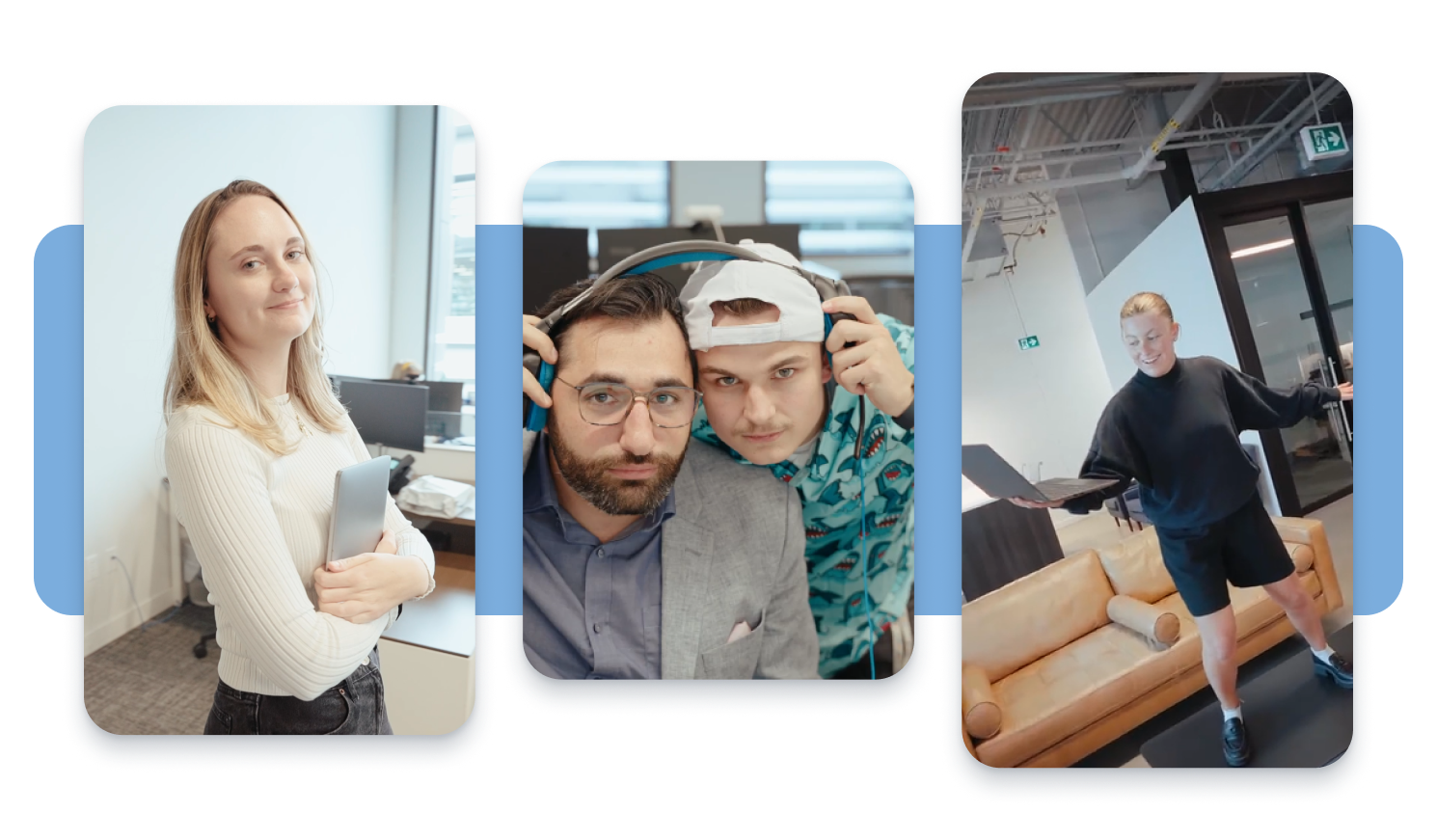Assuming by now you have read an overwhelming number of “marketing predictions” and “industry trends” and have been disappointed – as I have – by the obviousness of those, we have separated the old from the new for you.\
Because “content will rule” is not the hottest prophecy of the century anymore at seoplus+, we put together only the three most noteworthy developments based on industry stats, our own insight, and a little bit of gut feeling.
1. Condensed content will be the key to your mobile audience.
With Google’s search algorithm updates keeping us on our toes, the mobile first indexing shift, and the unstoppable rise of AMP, content marketers need to minimize stuffy word counts and channel their messaging into clear and compact storytelling. In the coming year, if your website is already a responsive one, there’s no need to be concerned. However, if your website’s mobile version has significantly less content than the desktop site or is incomplete, you can expect this to negatively affect your search rankings.
“The volume and richness of content that visitors want to see when first exploring a topic on desktop is very different than what they need to see when they’re on their smartphone ready and willing to make a purchase,” says our Content Marketing Specialist Amanda Murray. “Think of condensed content like your €˜elevator pitch’ that cuts directly to your core advantages. Know what your customer wants and needs to hear and eliminate anything that confuses or distracts from that.”
People consuming content on their mobile device versus a desktop need to be offered information in bite-sizes or you’ll lose their attention. It’s a matter of accessibility and to-the-point content for your on-the-go visitors. By switching to condensed content you’ll ultimately be more concise without sacrificing any meaning or intended impact of your message.
2. Visual content dominates on all platforms.
In 2016, over 50% of marketers used visuals (images, GIFs, videos, graphics) in between 91 and 100 percent of their published content. Compared to 2015, that’s an increase of over 100 percent and we can expect that trend to continue in 2017.
Due to the increase of mobile usage, which overtook web last year for the first time ever, visuals are not just a nice-to-have anymore. They’re a must marketers should give their audience if they want to keep them. With Facebook taking steps towards live streaming and a new “mid-roll” ad format, video marketing will experience a strong push in 2017.
Zuckerberg’s latest project allows publishers to insert ads into their clips after their audience has watched at least 20 seconds. By offering video producers 55 percent of the ads profits, companies who previously have been investing substantial amounts of money to grow their brand presence, will now get actual revenue out of it.
“When you’re browsing Facebook, be honest – you don’t always take the time to click away to an article, no matter how much the title draws you in. But you’ll always stop to watch a Tasty video, right? We’re all willing to cut a little more time for video, as long as it captures us right away,” says our COO Brock Murray.
“Businesses can learn a lesson from this. It’s all about presenting content in a way that makes the most sense for the audience in that moment. That might mean reading an in-depth case study on your work desktop, listening to a podcast on your commute home, or watching an explainer video on your phone. That’s just one reason video content is going to be huge in 2017.”
3. Buying influencers will overtake partnerships.
Influencer marketing was huge in 2016. With everyone wanting to jump on that train at the moment, we’ll see a movement from making the effort of establishing true partnerships with influencers to just flat-out buying them.
“People don’t buy goods and services. They buy relations, stories and magic.”
Seth Godin
However, marketers, don’t be fooled. It’s very easy to look like an influencer online – paying for fake followers can boost any user to the top of its game. When choosing an influencer in 2017, it will get increasingly difficult to distinguish the valuable ones from the fake. Our SEO expert, Lindsay Kavanagh, says “I always check followers and engagement of users before I even consider hiring them. Moving forward I foresee better tracking and metrics on social accounts so brands can determine who the authentic, successful influencers are. Once advanced metrics are available to see if an influencers followers are legitimate, I expect tracking becoming more advanced – and better options to shop directly from posts.”
For instance – wouldn’t it be great for users to shop directly from social posts? Then influencer campaigns can be tracked better. When influencers pitch themselves, they’ll be able to show past ROI or conversion rate. You can see the success of a landing page or ad campaign, influencers will be able to display metrics. This will separate the real deal from the rest.
Even though we clearly can’t guarantee that any of our marketing predictions are spot on, the one tip that always works for digital marketers is: no matter what specific change is headed your way, the better you become at adapting quickly and effectively the better you’ll be able to leverage those changes as opportunities.


